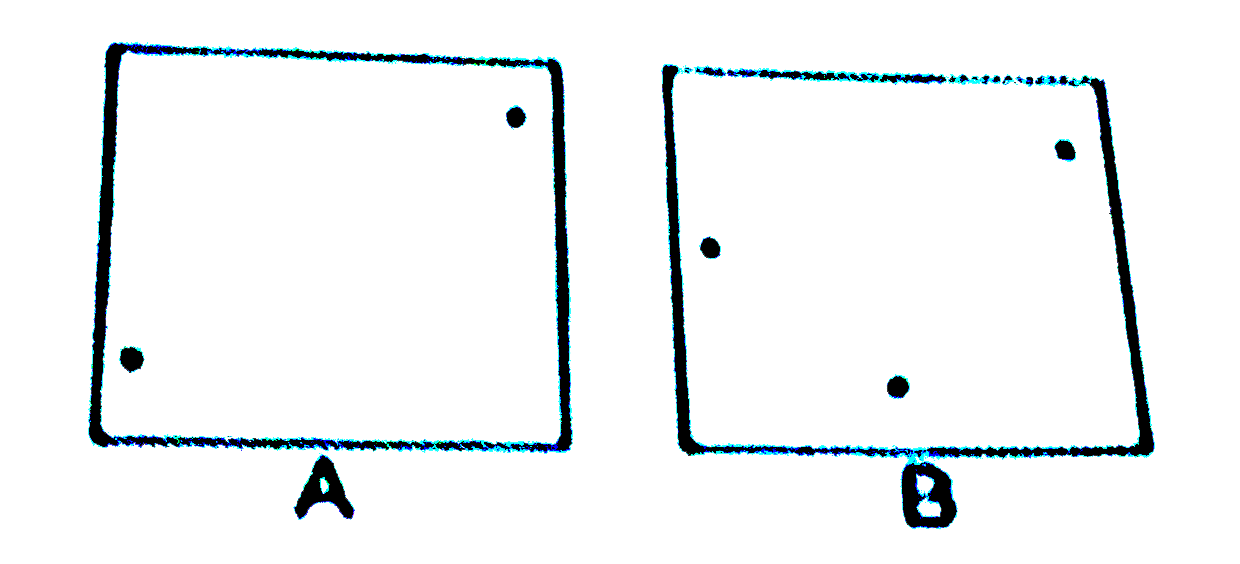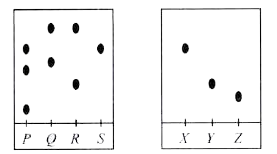In paper chromatography,
Moving phase is liquid and stationary phase is solid
Moving phase is liquid and stationary phase is liquid
Moving phase is solid and stationary phase is solid
Moving phase is solid and stationary phase is solid
The correct Answer is:B
The elutent is a liquid (Moving phase )and also stationary phase is liquid.
Paper chromatography is a liquid-liquid partition chromatography on which the water adsobed or chemically bound to cellulose of paper acts as the stationary phase while the mobile phase is another liqiud which is a mixture of two or three solvents (water is one of these components )
Topper's Solved these Questions
- PURIFICATION & CHARACTERISATION OF ORGANIC COMPOUND Book:DINESH PUBLICATIONChapter:PURIFICATION & CHARACTERISATION OF ORGANIC COMPOUND Exercise:SELECTED STRAIGHT MCQ
Explore 15 Videos
- PURIFICATION & CHARACTERISATION OF ORGANIC COMPOUND Book:DINESH PUBLICATIONChapter:PURIFICATION & CHARACTERISATION OF ORGANIC COMPOUND Exercise:LINKED COMPREHENSION MCQ.
Explore 6 Videos
- PURIFICATION & CHARACTERISATION OF ORGANIC COMPOUND Book:DINESH PUBLICATIONChapter:PURIFICATION & CHARACTERISATION OF ORGANIC COMPOUND Exercise:Assorted .Q
Explore 21 Videos
- PRINCIPLES RELATED TO PRACTICAL CHEMISTRYBook:DINESH PUBLICATIONChapter:PRINCIPLES RELATED TO PRACTICAL CHEMISTRYExercise:Brain teasers-42
Explore 1 Video
- REDOX REACTIONSBook:DINESH PUBLICATIONChapter:REDOX REACTIONSExercise:Ultimate Preparation
Explore 9 Videos
Similar Questions
Knowledge Check
A substance is analyzed by paper chromatography, giving the chromatogram shown.

What is the Rf value of the substance represented by the spot at 8.0 cm?A0.80B0.75C0.67D0.60Assertion (A) . Components of a mixture of red and blue inks can be separated by distributing the components between stationary and mobile phases in paper chromatography
Reason (R). The coloured components of inks migrate at different rates because paper selectively retains different components according to the difference in their partition between the two phases.ABoth A and R are correct and R is the correct explanation of ABBoth A and R are correct but R is not the correct explanation of AsCboth A and R are not correctDA is not correct but R is correctAssertion (A) . Components of a mixture of red and blue inks can be separated by distributing the components between stationary and mobile phases in paper chromatography
Reason (R). The coloured components of inks migrate at different rates because paper selectively retains different components according to the difference in their partition between the two phases.ABoth A and R are correct and R is the correct explanation of A.BBoth A and R are correct but R is not the correct explanation of A.CBoth A and R are not correct.DA is not correct but R is correct.
A mixture of X and Y on subjecting to paper chromatography gave the chromatogram 'A'. When the same mixture is subjected to heating, chromatogram B was obtained. What do you infer from the chromatograms ?

View SolutionAssertion (A) : Compounds of a mixture of red and blue inks can be separated by distributing the compounds between stationary and mobile phases in paper chromatography.
Reason (R) : The coloured components of inks migrate at different rates because paper selectively retains different components according to the difference in their partition between the two phases.
View SolutionFour samples P, Q, R and S were analysed using paper chromatography to check the presence of three different additives X, Y and Z. The final chromatograms are shown as

Read the following statements carefully.
I. P contains three components out of which one is X II. S contains only one component which is X. III. Q contains two components which are X and Z. IV. R contains two components out of which one is Y. The correct statements are
View SolutionWhich is incorrect for paper chromatography
View SolutionAssertion: Paper chromatography is a type of partition chromatography.
Reason: Moving phase is liquid and stationary phase is solid.
View Solution